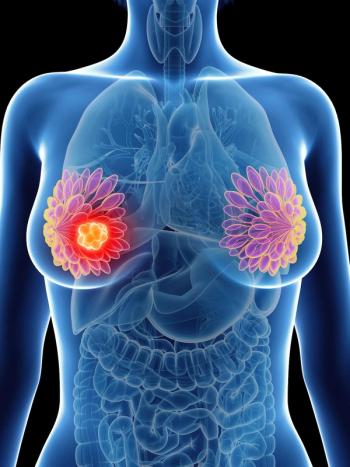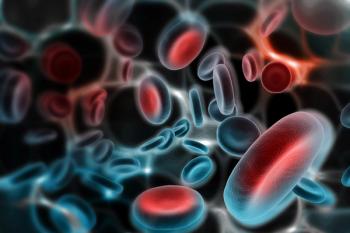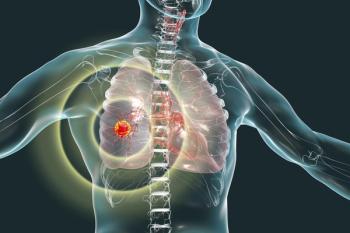
Neoadjuvant Pegylated Lipsomal Doxorubicin/Cyclophosphamide Plus Trastuzumab/Pertuzumab Yields Promising Efficacy in HER2+ Breast Cancer
Findings from a phase 2 clinical study indicated that neoadjuvant pegylated liposomal doxorubicin plus cyclophosphamide, trastuzumab, and pertuzumab demonstrated promising efficacy and safety in the treatment of HER2-positive breast cancer.
Treatment with a neoadjuvant combination of pegylated liposomal doxorubicin plus cyclophosphamide, trastuzumab (Herceptin), pertuzumab (Perjeta), and a taxane could be a safe and effective treatment option for patients with HER2-positive breast cancer, according to preliminary results from a single-arm phase 2 study that were presented at the
Among patients who received the combination, the pathologic complete response (pCR) rate was 59.4% (n = 38/64). Moreover, the overall response rate (ORR) after the first four cycles of treatment was 68.8%.
In this trial, a total of 78 patients enrolled, of whom 64 had pathological results. Eligible patients had been diagnosed with non-metastatic HER2-positive breast cancer and needed to have a tumor measuring 2 cm or greater or have positive lymph nodes. Patients also needed to have a left ventricular ejection fraction (LVEF) of 55% or more.
Neoadjuvant treatment consisted of pegylated liposomal doxorubicin at a dose of 30 to 35 mg/m2 plus cyclophosphamide, trastuzumab, and pertuzumab every 3 weeks for 4 cvcles followed by a taxane and trastuzumab plus pertuzumab for an additional 4 cvcles.
The primary end point was pCR rate, and ORR after the first 4 cycles of treatment served as the secondary end point.
In total, 29.7% of patients were aged 40 years and younger and 70.3% were over 40 years of age. Over half of all patients had hormone receptor (HR)–positive disease (54.7%). In total, 62.5% of patients had T1 to T2 tumor staging and 37.5% were T3 to T4. Most patients had at least 1 positive lymph node (62.5%) and the majority had stage II disease (71.9%).
In a subgroup analysis, patients aged 40 years or younger experienced a pCR rate of 42.1%, and those who were older than 40 had a pCR of 66.7%. Patients whose disease was HR negative, the pCR rate was 65.5% (19/29) compared with 54.3% in the HR-positive population. In patients with T1 to T2 tumor staging, the pCR rate was 57.5% vs 62.5% among those with T3 to T4 staging. Moreover, those who were lymph node–negative experienced a pCR rate of 70.6% vs 55.3% in the lymph node–positive group. Additionally, patients with clinical stage II disease experienced a pCR rate of 56.5%, and for those with stage III disease, the rate was 66.7%.
In terms of safety, the most common grade 3/4 adverse effects (AEs) included white blood cell count decrease (21.9%), lymphocyte count decrease (21.9%), and neutrophil count decrease (18.8%). Additionally, 6 patients experienced asymptomatic LVEF decline by 10% or more from baseline; notably, all LVEFs were above 55%.
Reference
Reference
Yang Y, Jin L, Rao N, et al. 192P: A phase I single-arm clinical study of neoadjuvant treatment with pegylated liposomal doxorubicin (PLD) plus cvclophosphamide (C) combined with trastuzumab (H) and pertuzumab (P) in HER2-positive (HER2+) breast cancer (BC). Ann Oncol. 2022;33(suppl 7):S55-S84. doi:10.1016/annonc/annonc1038
Newsletter
Stay up to date on recent advances in the multidisciplinary approach to cancer.


















































































